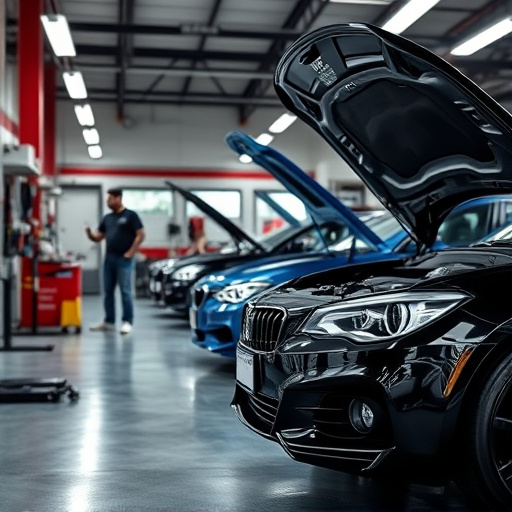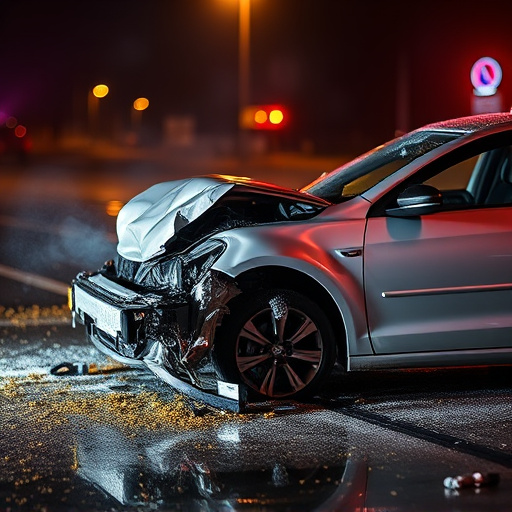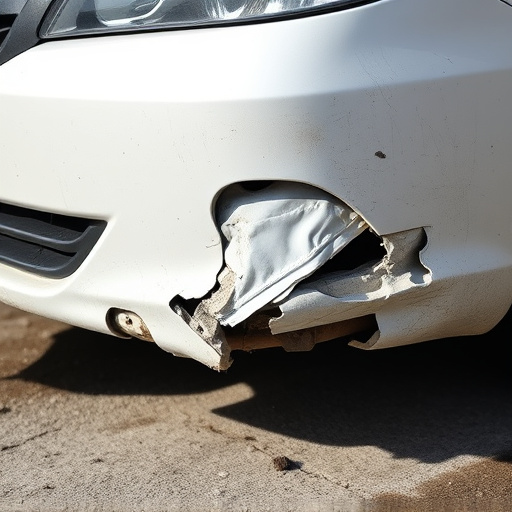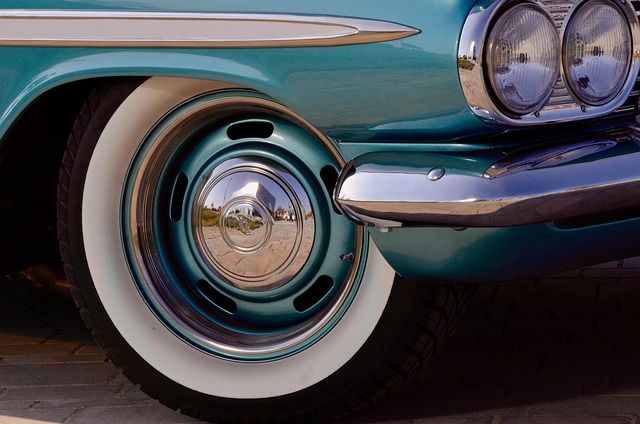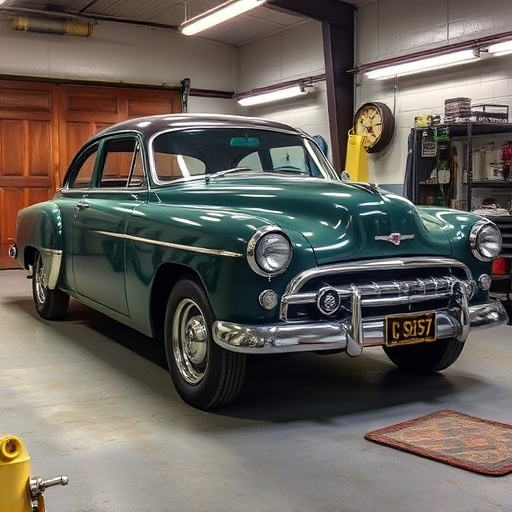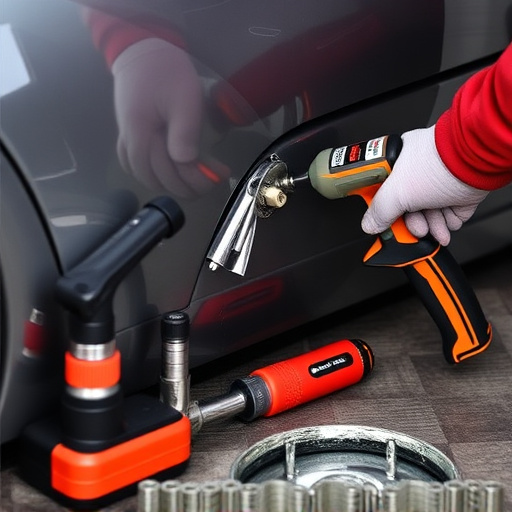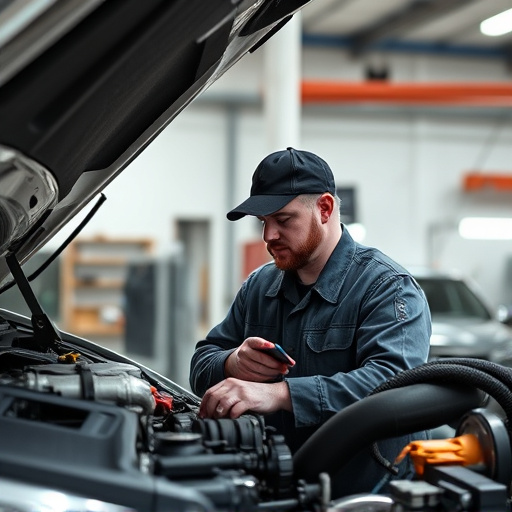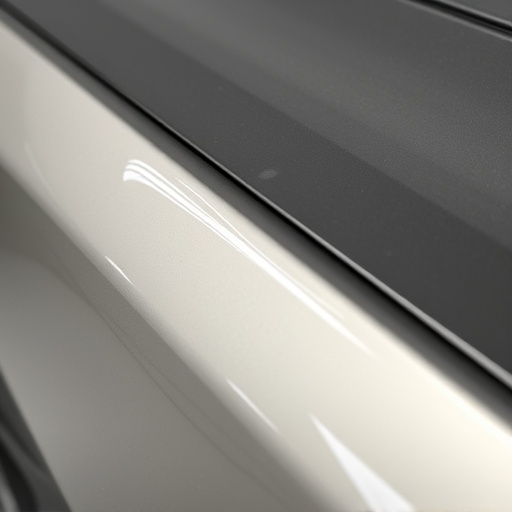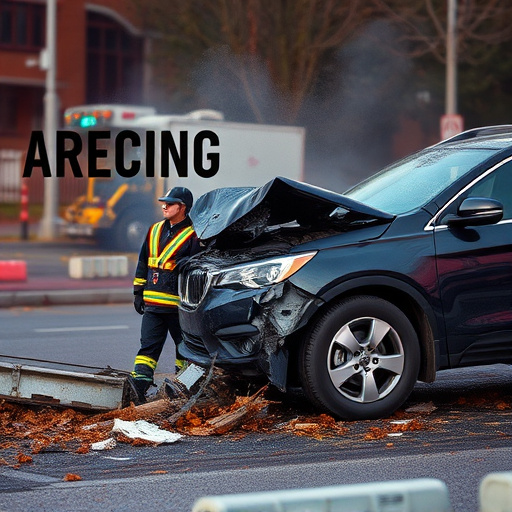An insurance adjuster liaison streamlines complex vehicle damage claims, especially for extensive repairs like collision or bumper damage. They ensure fair compensation by managing inspections, appraisals, and repairs through trusted repair networks, fostering clear communication between insurers and policyholders. Effective collaboration relies on open dialogue, straightforward language, and detailed documentation from policyholders.
In the complex landscape of insurance claims, an effective insurance adjuster liaison can be a game-changer. This specialist acts as a crucial bridge between policyholders and insurers, navigating intricate processes to ensure smooth settlements. Understanding when to involve them is essential for a seamless experience. This article explores the role of an insurance adjuster liaison, key decision points for engagement, and powerful communication strategies to foster successful collaboration, maximizing benefits for all parties involved.
- Understanding the Role of an Insurance Adjuster Liaison
- When to Engage: Identifying Key Decision Points
- Effective Communication Strategies for Successful Collaboration
Understanding the Role of an Insurance Adjuster Liaison
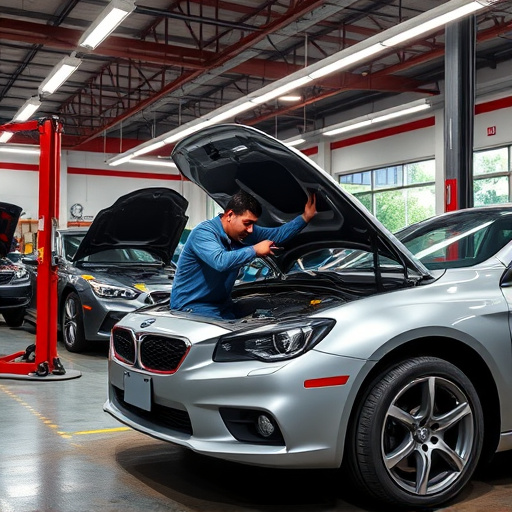
An insurance adjuster liaison plays a pivotal role in facilitating communication and ensuring a smooth claims process. Their primary responsibility is to act as a bridge between an insured individual (like you, after experiencing a car accident) and the insurance company. They are experts in navigating complex procedures and legalities associated with vehicle damage, including minor issues like car dent removal or more significant repairs.
By engaging an adjuster liaison, policyholders can benefit from their knowledge of car repair shops and trusted network of professionals. This ensures that any required vehicle inspections, appraisals, and subsequent car dent repair or vehicle dent repair are handled efficiently. The liaison ensures the insured receives fair compensation while streamlining the often stressful post-accident process, allowing them to focus on what matters most – getting their life and vehicle back on track.
When to Engage: Identifying Key Decision Points

Knowing when to engage an insurance adjuster liaison is crucial for smooth handling of claims, especially when dealing with complex cases like collision damage repair or bumper repair. The decision point typically arises when a vehicle sustains significant dents or damage, requiring professional attention. An early indication that an adjuster’s expertise might be needed is when the initial assessment suggests repairs extending beyond routine maintenance or simple dent removal. For instance, extensive paintwork, frame, or structural damage following a road accident often warrants professional intervention and a detailed evaluation by an insurance adjuster liaison.
These key decision points signal the need for specialized knowledge to accurately assess and manage claims. Engaging an adjuster early can streamline the process, ensuring fair compensation for substantial repairs like collision damage repair or intricate bumper restoration. Their role is vital in navigating complex scenarios, providing clarity on coverage limits, and facilitating efficient communication between all parties involved, from insurance companies to skilled technicians specializing in vehicle dent repair.
Effective Communication Strategies for Successful Collaboration
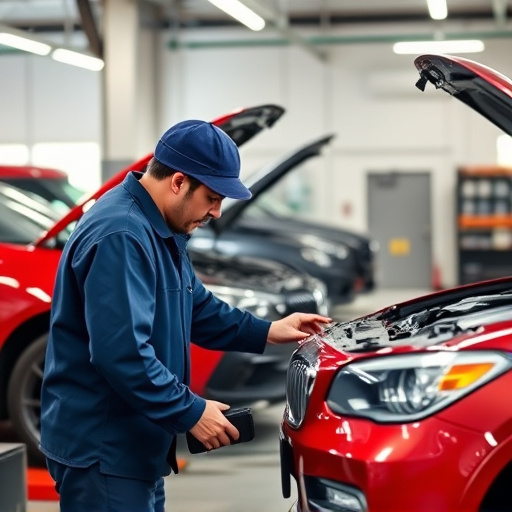
When collaborating with an insurance adjuster liaison, clear and consistent communication is key to a successful outcome. Effective collaboration begins with establishing open lines of dialogue where all parties actively listen and understand each other’s perspectives. This involves using straightforward language and avoiding industry jargon to ensure everyone is on the same page. Regular updates and prompt responses are crucial; keeping the adjuster informed about the progress of repairs, especially for complex vehicle damage like car bodywork or auto repair services, demonstrates professionalism and facilitates a smoother claims process.
Additionally, providing detailed documentation and transparent information builds trust. This includes offering estimates from reputable auto repair shops, explaining the scope of work, and clearly articulating any anticipated delays. An insurance adjuster liaison plays a vital role in navigating the complexities of vehicle repairs; therefore, fostering a collaborative relationship through these communication strategies is essential for efficient claims handling and customer satisfaction, ensuring everyone receives the best possible service.
An insurance adjuster liaison plays a vital role in facilitating efficient claims processing and fostering collaborative relationships. By understanding their responsibilities, identifying key decision points, and employing effective communication strategies, individuals can ensure successful collaboration. Timely engagement at critical stages of the claims process enhances overall effectiveness, ultimately leading to smoother resolutions and better outcomes for all parties involved.
